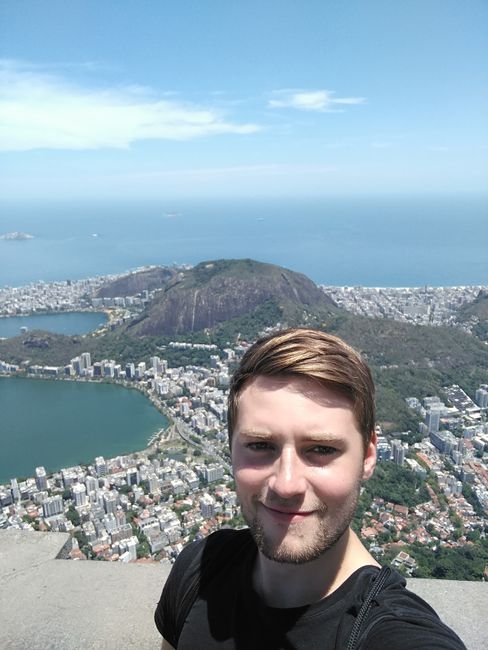Rio de Janeiro
شايع ٿيل: 06.11.2017
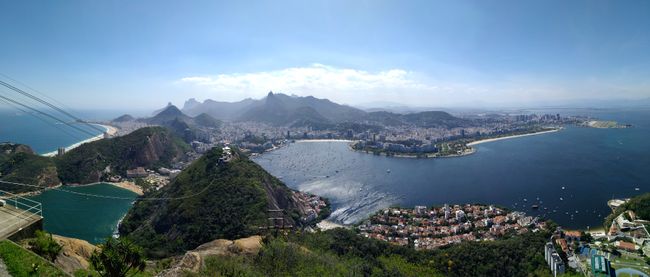
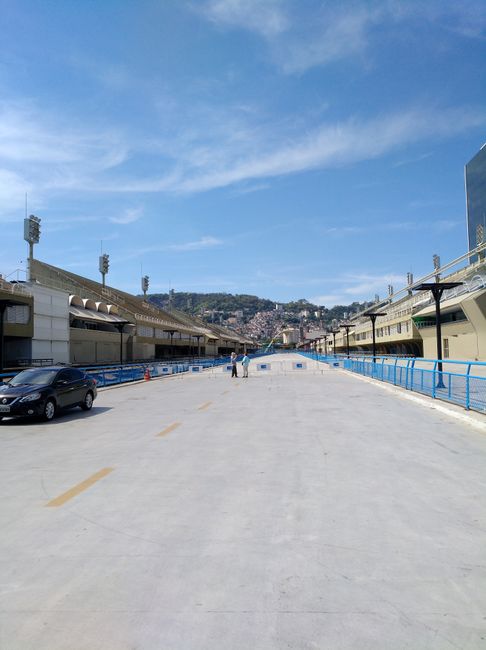
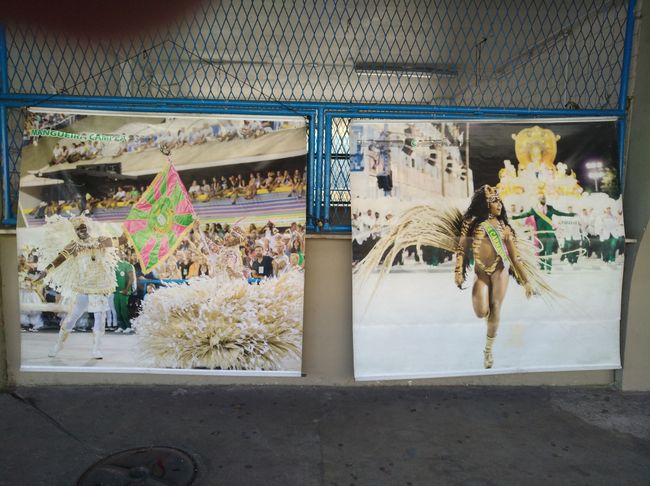
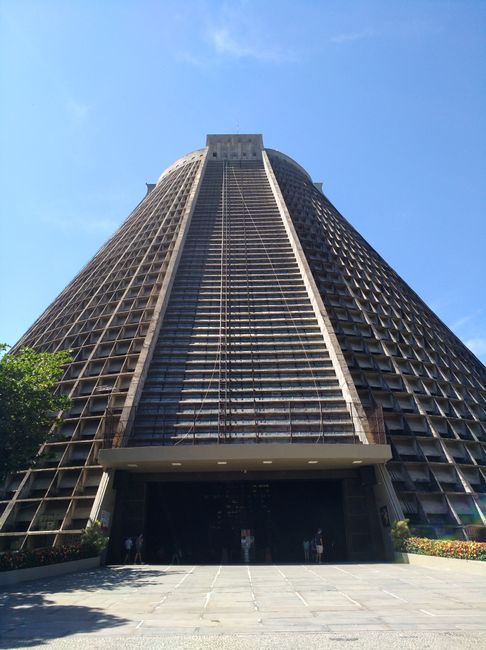
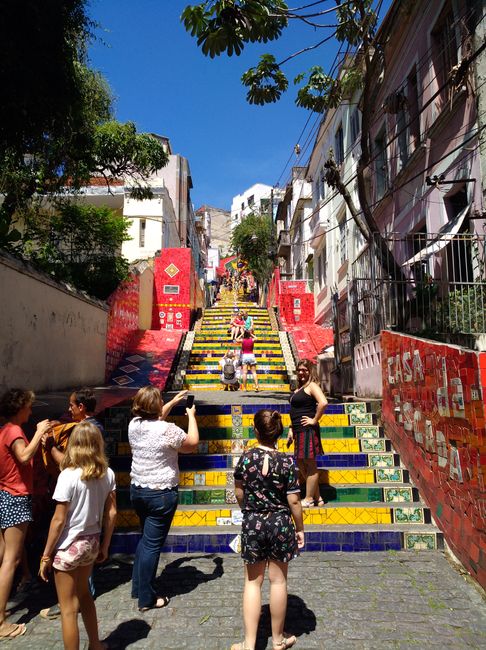
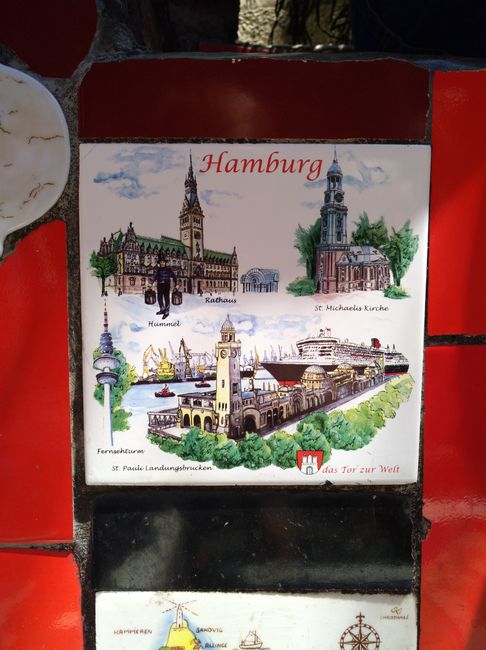
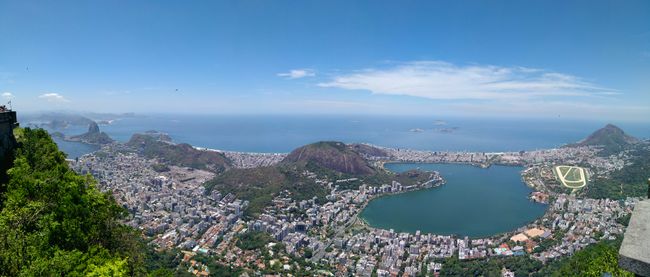
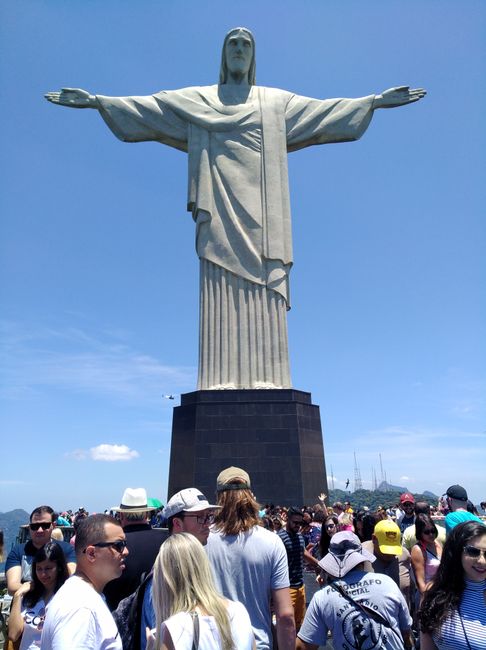
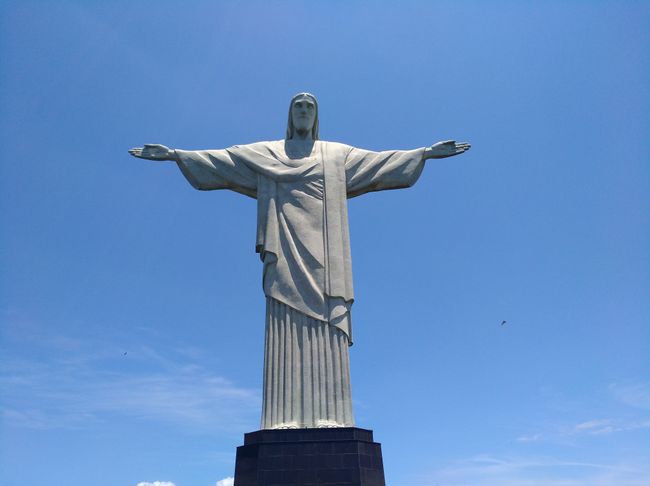
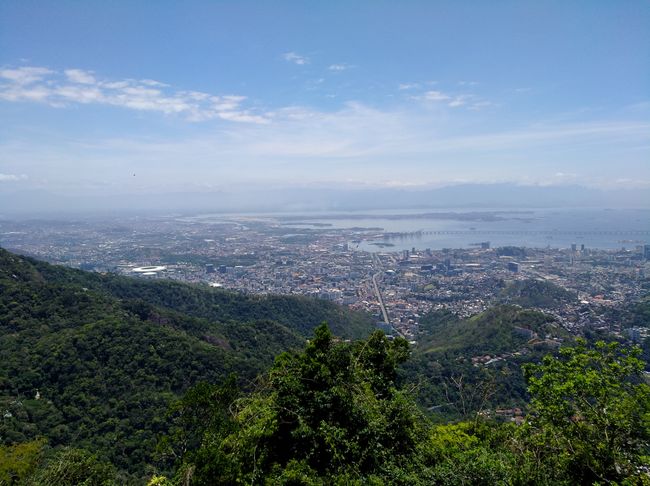
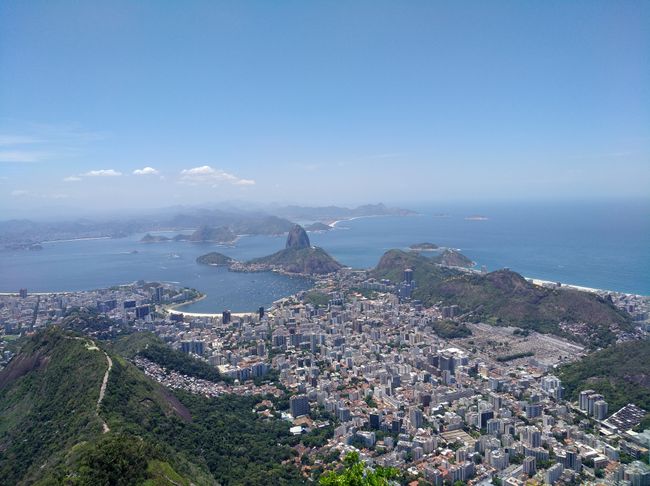
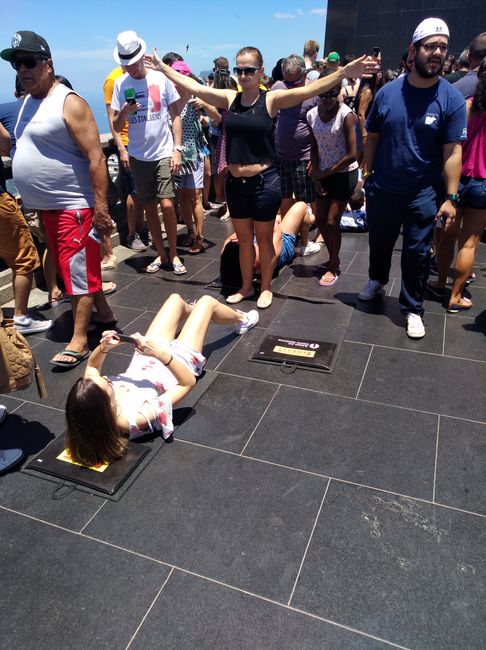
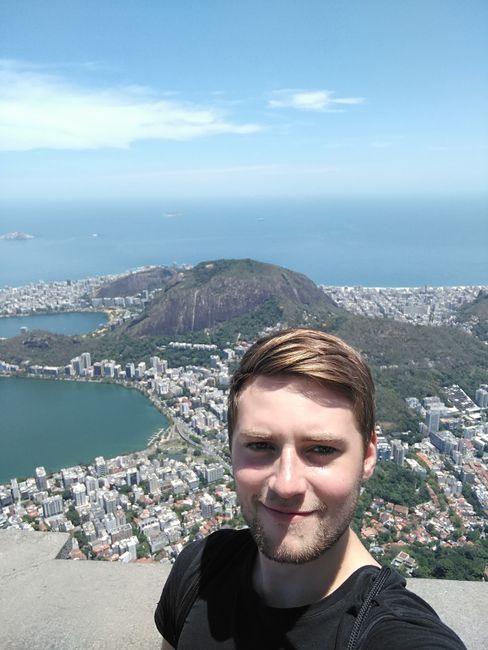
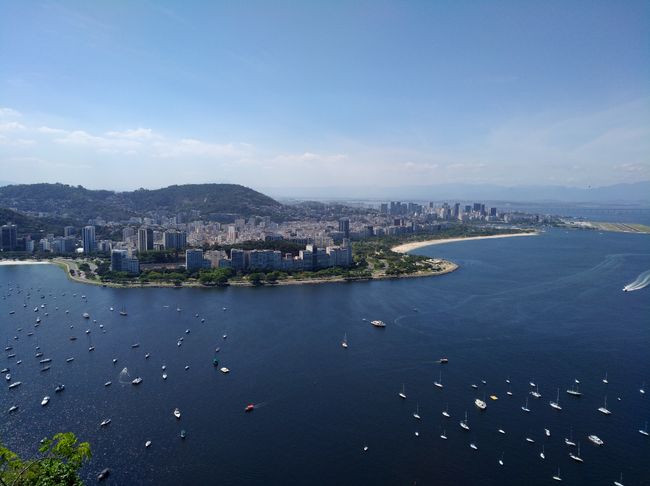
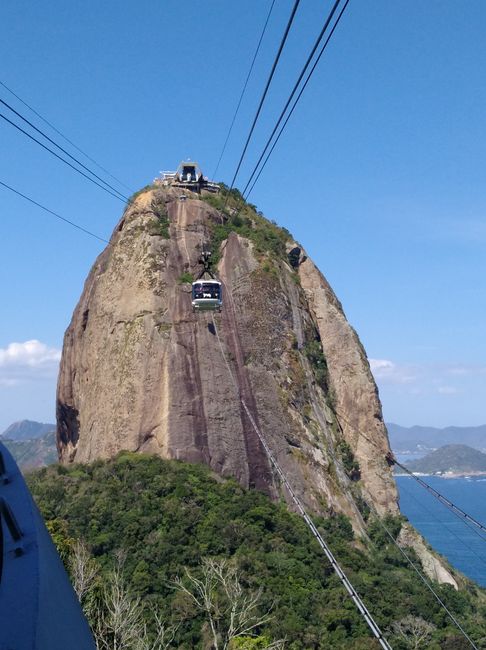
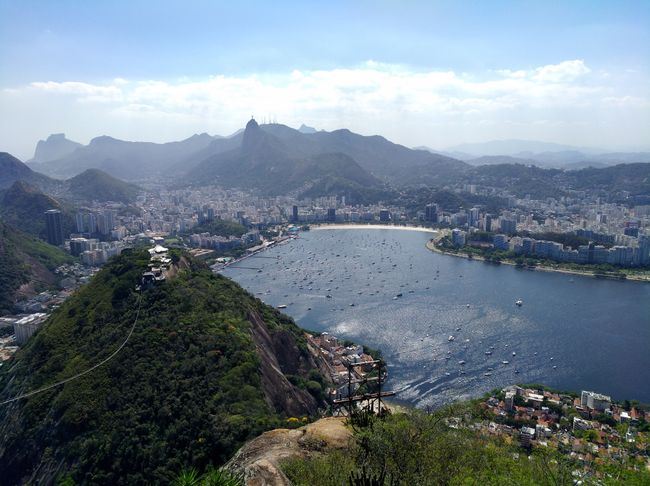
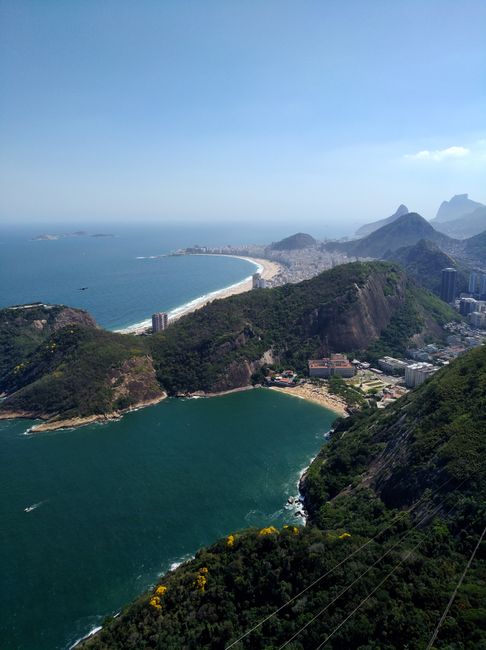
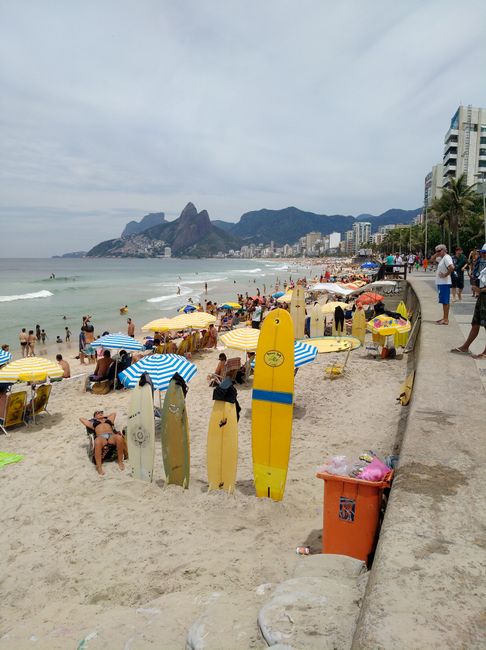
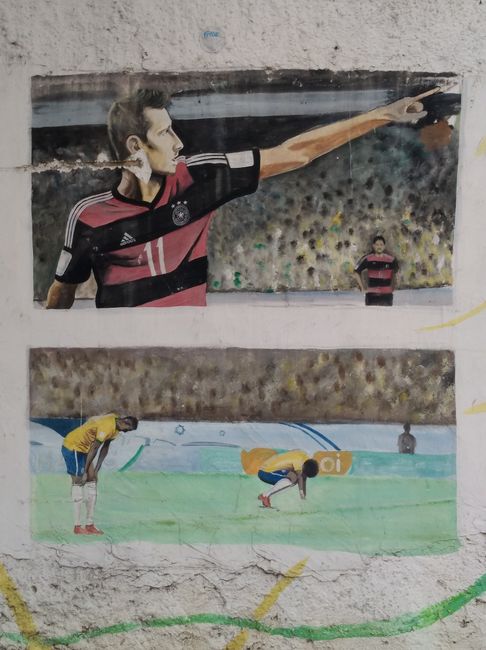
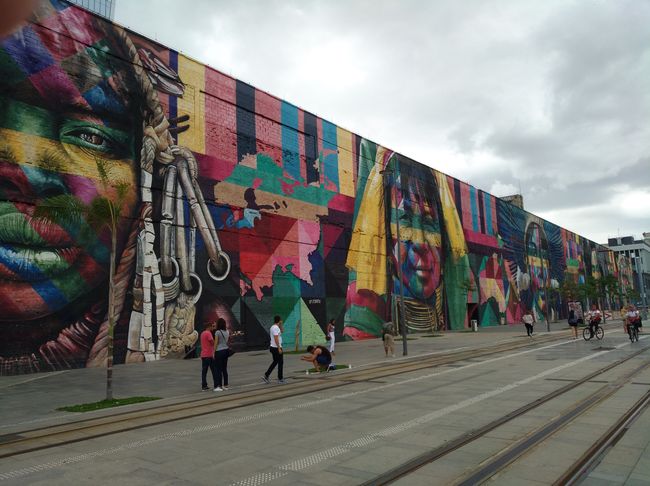
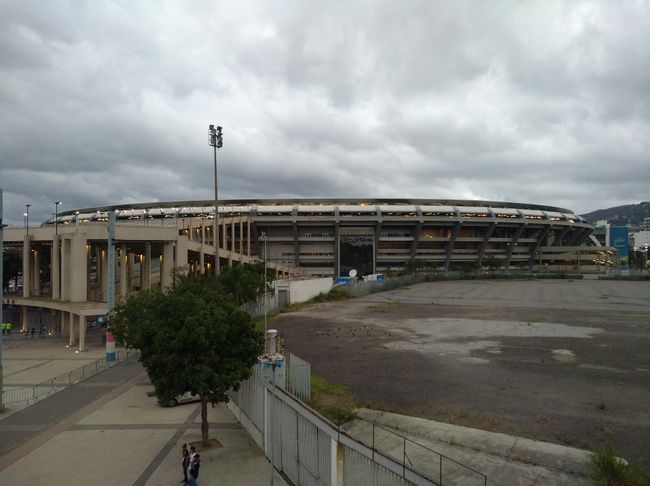
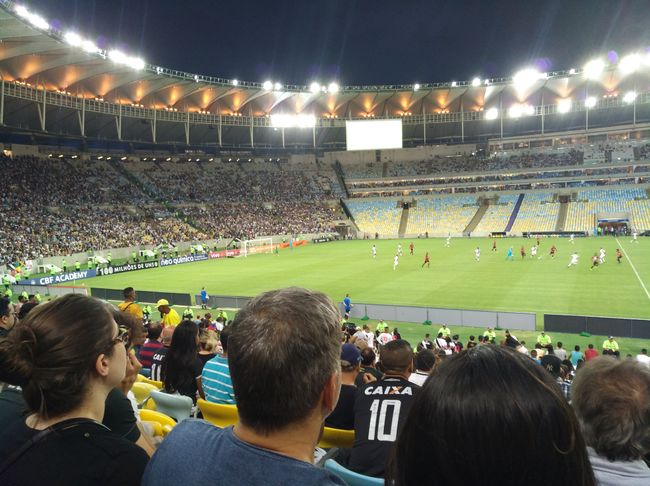
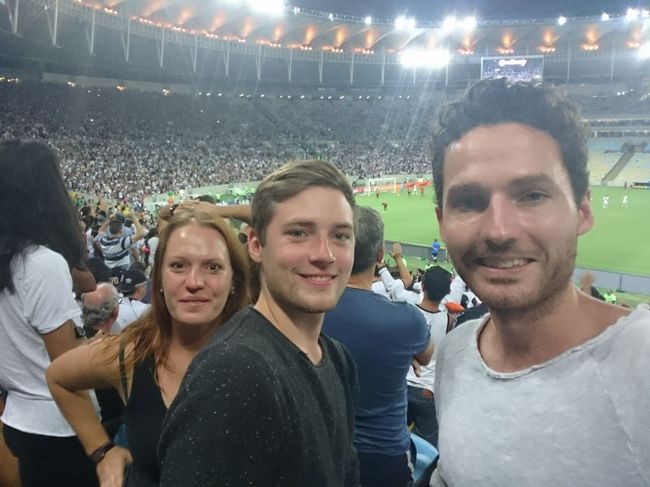
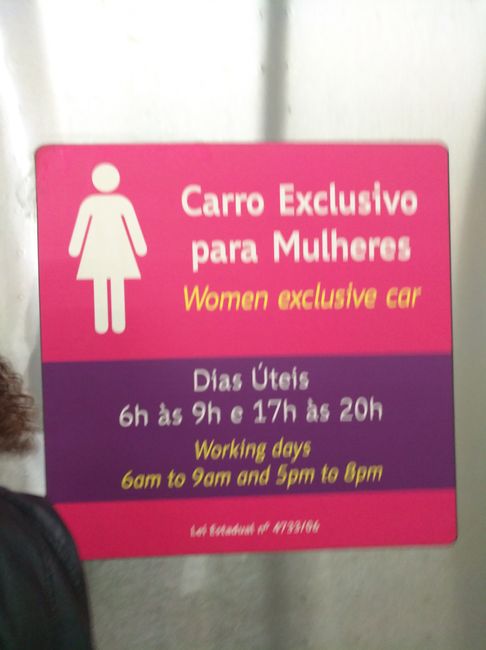
نيوز ليٽر جي رڪنيت حاصل ڪريو
Of course, I also had to fulfill my duties as a tourist in Rio de Janeiro and visit the city's landmarks. First, I went to the city center and visited the Sambódromo, the place where the Samba school parade and competition takes place every year during Carnival. Basically, it's a street with grandstands on the side and during Carnival, it's much more spectacular than usual. The official Carnival parades start four days before the beginning of Lent and go on every evening from 8pm until the early morning hours.
Carnival is derived from Carne vale ('farewell to meat') and is a time to let loose before the forty-day fasting period between Ash Wednesday and Easter. The festivities usually begin weeks before Ash Wednesday and the whole of Brazil is in a state of exception.
Next, I went past the Metropolitan Cathedral to the probably most famous stairs in the world, the Selaron Steps. Built by Chilean artist Jorge Selaron, who called it his 'tribute to the Brazilian people', the Selaron Steps consist of 250 steps painted in a variety of colors and featuring motifs from all over the world. For example, there are also some German cities immortalized on these steps.
Next up was one of the other must-see attractions when visiting Rio, and a symbol that has always fascinated me - Cristo Redentor, or Christ the Redeemer in English. The 30-meter-high statue of Christ stands high on top of Corcovado mountain, overlooking Rio and with a view of Sugarloaf. When the statue was completed in 1931, it was the tallest statue of Christ in the world and served as a model for many other Christ statues. Today, it is only the sixth tallest statue. The highest one has grown nearly six meters taller and is located in Swiebodzin, Poland, and is called the Christ the King Statue.
The statue was originally supposed to be built to celebrate Brazil's 100 years of independence, but it was delayed due to financial problems. It was only through the support of the Archdiocese of Rio de Janeiro, the Holy See, and France that the Brazilian civil engineer Heitor da Silva Costa and the French engineer Albert Caquot were able to complete the statue.
Hordes of tourists, willing to go to any lengths to get the perfect photo, somewhat take away from the magic of it all, but the statue is definitely worth a visit. After all, since 2007, it has been one of the seven wonders of the modern world, and from the top, you have a wonderful 360-degree view of the entire city area of Rio de Janeiro.
To complete my tourist day, I had to visit the second landmark of Rio de Janeiro, the Sugarloaf. You can reach the 396-meter-high rock, which understandably resembles a sugarloaf, with two fully glazed cable cars, and from the top, you have an unparalleled view of Rio. From Copacabana Beach to Botafogo and Flamengo, you can see all the way to Niteroi, and in front of you stands the Christ the Redeemer statue high on top of Corcovado, which looks quite small from here. Definitely one of my highlights so far.
The next day, due to the unbearable heat, I went to Ipanema Beach to cool off. I have to say that these beaches in the middle of a city, like in Barcelona or Rio, have something special, but it's not really my thing. Crowds of people, quite a bit of trash, and people trying to sell you things every few minutes. After I went into the water, I spent most of the time sleeping so that I wouldn't be approached even more often.
In the evening, I went to the infamous Estádio do Maracanã, where the German national team won their quarter-final and later the final in 2014. The stadium was built in 1950 for the World Cup in Brazil and at that time, it could hold 200,000 spectators. In fact, there were also about 200,000 spectators when Brazil unexpectedly lost the final 2-1 to Uruguay.
After three people died and 50 others were injured in a collapse of a grandstand in 1992, the capacity was greatly reduced. After the Maracanã stadium was renovated for over 300 million euros for the 2014 World Cup, it can now hold about 75,000 people.
The stadium deteriorated visibly after the 2016 Olympic Games, so that by the end of 2016, guided tours couldn't even be conducted anymore. The Maracanã reflects the decline of modern Brazil, an economically and administratively broken state that took on billions of investments for the FIFA World Cup and the Olympic Games, the two biggest sports events of our time.
Meanwhile, the stadium is in good condition again and the four resident football clubs Botafogo, Flamengo, Fluminense, and Vasco da Gama take turns playing at the Maracanã,
Tonight, the match between the traditional club Vasco da Gama and Vitoria took place. Vasco da Gama was founded in 1898 by Portuguese immigrants and was named after Vasco da Gama inspired by the celebrations for the 400th anniversary of the discovery of the sea route from Europe to India. The club is currently placed in the midfield of the table and had its best times probably at the end of the 1990s with the win of the Copa Libertadores, the South American equivalent of the Champions League, in 1998. World-famous players such as Romario or Carlos Dunga used to play for Vasco.
Vitoria is a club from the lower regions of the table that I honestly hadn't heard of before. Impressive was the incredibly loud crowd, which despite the sometimes mediocre level of play, created a great atmosphere. Although the stadium was not even half full with about 30,000 spectators, it can keep up in terms of atmosphere with a Bundesliga game.
After a strong start, Vasco da Gama took the lead with 1-0 through former Bayer player and pyromaniac Breno. However, inexplicably, Vasco stopped all offensive efforts from that point on, and in the 91st minute, Vitoria scored the well-deserved equalizer.
A football match at Maracanã is something I can only recommend to every visitor to Rio. Even if you're not as much of a football enthusiast as I am.
نيوز ليٽر جي رڪنيت حاصل ڪريو
جواب

